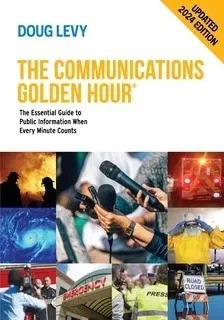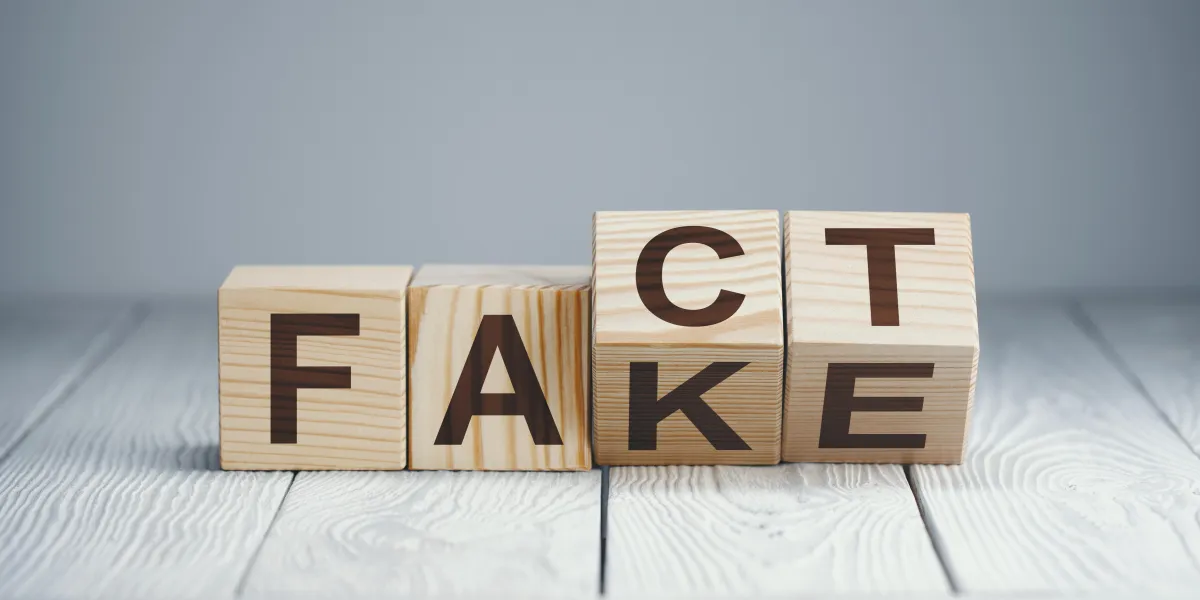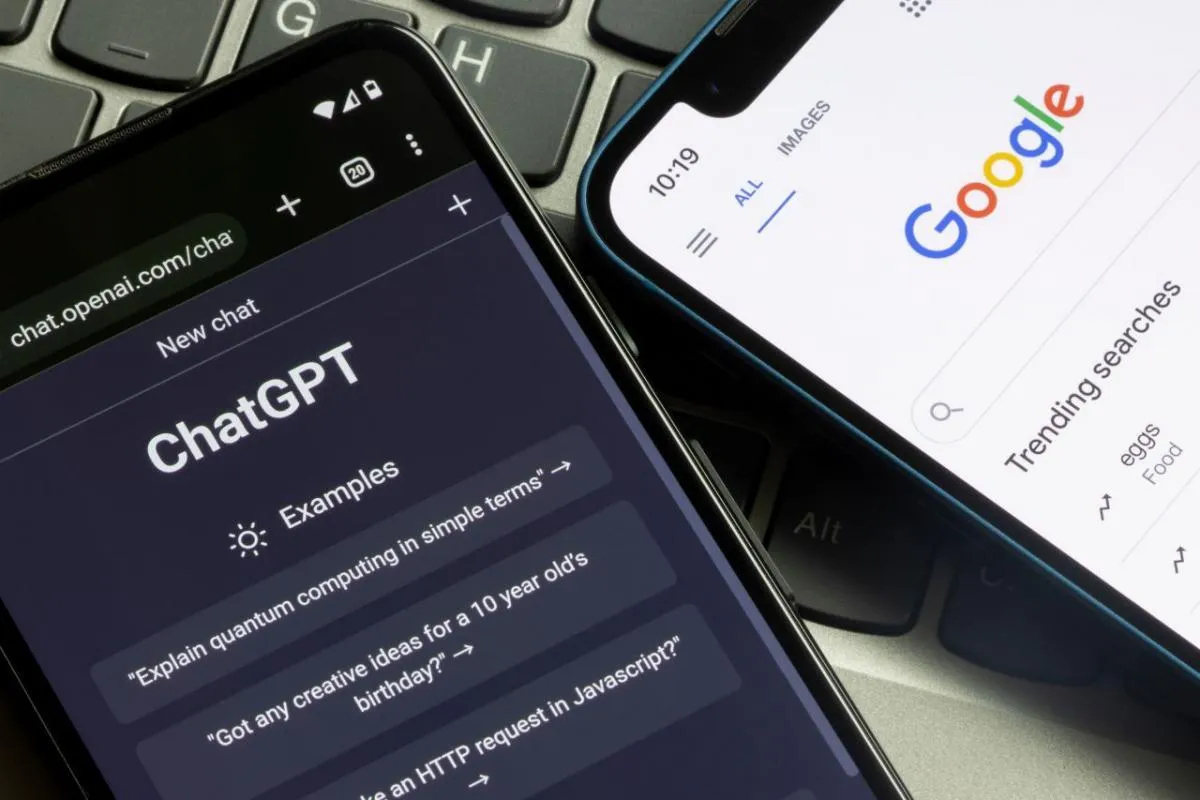THE RIGHT WORDS
AT THE RIGHT TIME
WITH CONFIDENCE
THE RIGHT WORDS
AT THE RIGHT TIME
WITH CONFIDENCE
Get the acclaimed handbook
for public relations and public information pros

The Communications Golden Hour:
The Essential Guide to Public Information When Every Minute Counts
Doug Levy
Expert Insights on Presentations, Data Breaches, and Legal Developments in Social Media: Doug Levy's Latest Blog Posts

Election brings misinformation storm
Now that Election Day is here, so is a torrent of misinformation. Election officials, campaigns and others have had to continuously monitor and refute false social media posts, and, in some cases, the odds and algorithms appear to be stacked against truth. Late Monday, federal authorities issued a lengthy statement documenting multiple instances of election-related misinformation generated or promoted by agents of Russia and Iran.
(Since Friday, the U.S. Intelligence Community) has been observing foreign adversaries, particularly Russia, conducting additional influence operations intended to undermine public confidence in the integrity of U.S. elections and stoke divisions among Americans. The IC expects these activities will intensify through election day and in the coming weeks, and that foreign influence narratives will focus on swing states.
The most important principle to fighting misinformation is to "flood the zone" with accurate information so that your audience knows where to find it. This is where establishing relationships long before major events plays a role. If people already know you, they're more likely to trust you when controversies arise. It's also where generative AI can help you create your own targeted content faster. Promoting better scrutiny of content before sharing it also would help. (See the "SIFT Method" below.)
Tips to deal with misinformation now
Be vigilant and ready to communicate rapidly and effectively when misinformation shows up. On Friday, the FBI posted a statement to X soon after fake videos purporting to be from the agency were published. The FBI message directly refuted the fake content and told people where to get authoritative information.
Custom HTML/CSS/JAVASCRIPTResponding to misinformation does not necessarily mean coming out and directly saying “that’s wrong.” Directly replying to a social media account that posts misinformation likely amplifies it. Instead, make sure that the audience sees what's accurate. Cite or link to false information only if absolutely necessary.
When facing misinformation, understand where it's coming from. Your reaction to a sincere but misinformed member of your community must be different from misinformation originating from foreign interests or others whose goal is disruption. In some cases, community members inadvertently spread foreign-created misinformation because they believe it and don't realize its genesis.
"U.S. citizens pick up this information and pick up these videos, and then they promote it on their own accounts and on their own social media platforms like Facebook," said Chris Krebs, former director of the Cybersecurity and Infrastructure Security Agency, in an interview Sunday on CBS Face the Nation. Krebs credited Georgia election officials for quickly and definitively knocking down false reports about ballot destruction.
According to the Washington Post, Russia employed a former Palm Beach County, Florida sheriff’s deputy to create deep fakes that targeted American voters, including a faked video smearing one of this year’s candidates that was seen more than 5 million times on X in just 24 hours. Just a few days ago, another video that U.S. officials say was created by Russian agents purported to show ballots being destroyed instead of counted in Pennsylvania. These videos have been posted to X accounts that previously promoted false conspiracy theories. U.S. intelligence officials also blame Russia for fueling misinformation related to recent hurricane relief efforts in North Carolina.
Promote news literacy and healthy skepticism
Even if you have systems in place to detect misinformation and AI-generated fake content, the SIFT Method is a good practice both to follow and teach to others.
Stop and think before sharing content. Some of the most dangerous misinformation spreads because it appears to be urgent.
Investigate the source. If cited to a media outlet, is it one that is reputable, or could it be fake?
Find better coverage of the issue or event. Go to a trustworthy media outlet, a fact-checking website or other source.
Trace the claim to see if the media outlet you are reading was the originator or if the story was "picked up" from elsewhere. Dig to get as close to the primary source as you can. This is especially important for images.
Find out more
If you're interested in worksheets to improve messaging when confronting misinformation or booking a workshop on using AI to improve communications, let's talk.
Communications Golden Hour® Workshops
Get your team ready for any communications challenges ahead with a customized workshop based on the Communications Golden Hour method. By focusing on what needs to happen in every situation, your team can confidently address each new situation, knowing they can craft the right messages and deliver them effectively.
Key messages
Reputation strategy
Media relations
Internal communications
Leadership support
Crisis preparedness
Artificial intelligence (AI)
Social media
Community engagement
Learn how to confront misinformation and deliver effective messages
Doug In The News

"For government officials,
the potential for generative AI to create
misinformation on a large scale
is only part of the calculus.
AI can distribute and amplify information, especially if it is trained to follow previously established patterns."
Just as public officials had to master social media, today’s government officials are in the same position with artificial intelligence. For government officials, the potential for generative AI to create misinformation on a large scale is only part of the calculus.... Instead of spending several minutes creating a social media post, city officials can use AI to create 10 posts tailored to specific audiences in seconds..... If there is an emergency, the faster and better you get your content out, the harder it is for misinformation to dominate and confuse.
Know what to say & how to say it
Whether you are a government public information officer, a corporate public relations professional or a leader in any organization, you must have the skills and confidence to step in front of any audience. In the 20 years since I left daily journalism, I've been coaching academic, nonprofit, corporate and government leaders so that they are able to deliver important information - clearly and confidently. I'm eager to help you prepare for media or other public interactions, internal presentations or anything else.
decades of solid experience
I began my career as a broadcast journalist in the 1980s, eventually covering the federal government and other beats for national media outlets based in Washington, D.C. From 1993-1999, I was a reporter for USA Today, covering healthcare, science and technology.
After leaving journalism in 2000, I started my second career as a corporate communications consultant. I've specialized in crisis communications across many different industries.
My clients have included organizations that experienced violence directed at scientists or leaders, public protests and criminal or ethical lapses, as well as companies facing more “routine” crises such as industrial accidents or customer injuries, product liability or other litigation, and executive or corporate transitions.

AWARD WINNING JOURNALIST
My investigative reporting won numerous honors, including a Peabody Award in 1987 for a documentary series that probed how "superstar" charities collected, used or misused millions of dollars donated for Ethiopian famine relief, family farm support and reducing hunger and homelessness across the USA. We discovered an enormous variation in the amounts and kinds of relief delivered by each charity.
Other honors were for broadcasts or articles on topics such as life-saving organ donations, consumer fraud, chemical weapons disposal and the secret scientific work done by the tobacco industry.
Lorem ipsum dolor sit amet, consectetur adipiscing elit. Vivamus eget semper sem. Quisque sed convallis quam.
Lorem ipsum dolor sit amet, consectetur adipiscing elit. Vivamus eget semper sem. Quisque sed convallis quam. Nulla lacinia massa non orci mollis lacinia. Aenean sodales blandit elit et ultrices. Duis lobortis arcu a eros tincidunt, non tincidunt felis laoreet.
Managing Your Career Development
Leading with Finance
Harvard Business School Collection
02
Innovative
Business is Our
Sphere
7.158
HAPPY CLIENTS
2.324
PROJECTS FINISHED
5.282
COUPS OF COFFEE
3.129
WORKING HOURS
03
We provide High
Quality Services
Lorem ipsum dolor sit amet, consectetur adipiscing elit. Vivamus eget semper sem. Quisque sed convallis quam. Nulla lacinia massa non orci mollis lacinia. Aenean sodales blandit elit et ultrices. Duis lobortis arcu a eros tincidunt, non tincidunt felis laoreet.
Banking Consulting
Lorem ipsum dolor sit amet, consectetur adipiscing elit. Vivamus eget semper sem. Quisque sed convallis quam. Nulla lacinia massa non orci mollis lacinia. Aenean sodales blandit elit et ultrices. Duis lobortis arcu a eros tincidunt, non tincidunt felis laoreet.
Juridical Help
Lorem ipsum dolor sit amet, consectetur adipiscing elit. Vivamus eget semper sem. Quisque sed convallis quam. Nulla lacinia massa non orci mollis lacinia. Aenean sodales blandit elit et ultrices. Duis lobortis arcu a eros tincidunt, non tincidunt felis laoreet.
OUR TEAM
Meet Our Awesome Team

John Doe

John Doe

John Doe

John Doe
Testimonials
Doug is an excellent communication strategist with strong political and business acumen. His diverse background and organization experience make him a valuable resource to the much broader organization. I worked with Doug on UCSF-wide emergency management policy issues, as a communication advisor to the police department on use of social networking media, on public safety issues impacting the UCSF School of Medicine, among other initiatives. Doug is an outstanding manager - creative, ethical, committed to the good of the group - with excellent follow- through. He's a go to guy who can be counted on to get things done. I recommend him highly.

Pam Roskowski
Former police chief, univ. of calif.
Doug is an incredible partner. I always enjoyed working on projects with him, often under tense and challenging circumstances. He’s strategic, whip smart and a talented writer, bringing valuable insight as a former journalist and, in particular, expertise in health care issues. Most importantly, Doug is able to manage difficult issues while maintaining a great sense of perspective and humor.

Sandra Chu
corporate communications executive
Frequently Ask Question
Your Title Here
Lorem ipsum dolor sit amet, consectetur adipisicing elit. Autem dolore, alias, numquam enim ab voluptate id quam harum ducimus cupiditate similique quisquam et deserunt, recusandae.

Your Title Here
Lorem ipsum dolor sit amet, consectetur adipisicing elit. Autem dolore, alias, numquam enim ab voluptate id quam harum ducimus cupiditate similique quisquam et deserunt, recusandae.

Your Title Here
Lorem ipsum dolor sit amet, consectetur adipisicing elit. Autem dolore, alias, numquam enim ab voluptate id quam harum ducimus cupiditate similique quisquam et deserunt, recusandae.



